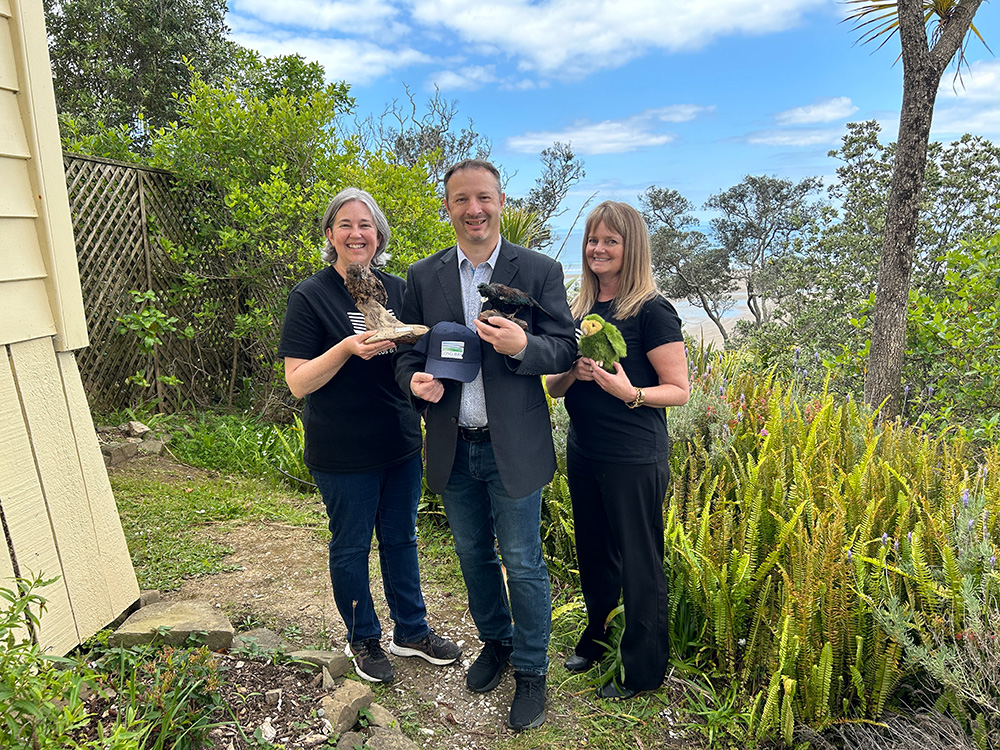On 25th April 1915, Australian and New Zealand (Anzac) soldiers landed on the Gallipoli Peninsula. The goal of this offensive was to capture the Dardanelles, thus opening a sea route to the Bosphorus and the Black Sea. The campaign failed. By January 1916, allied forces had sustained more than 141,000 casualties, and Gallipoli was still held by the Ottoman Turks (whose numbers of casualties were even greater).
Approximately one in six of the New Zealand soldiers who served in this campaign lost their lives.
Casualties by country during the Gallipoli campaign (April 1915-January 1916)
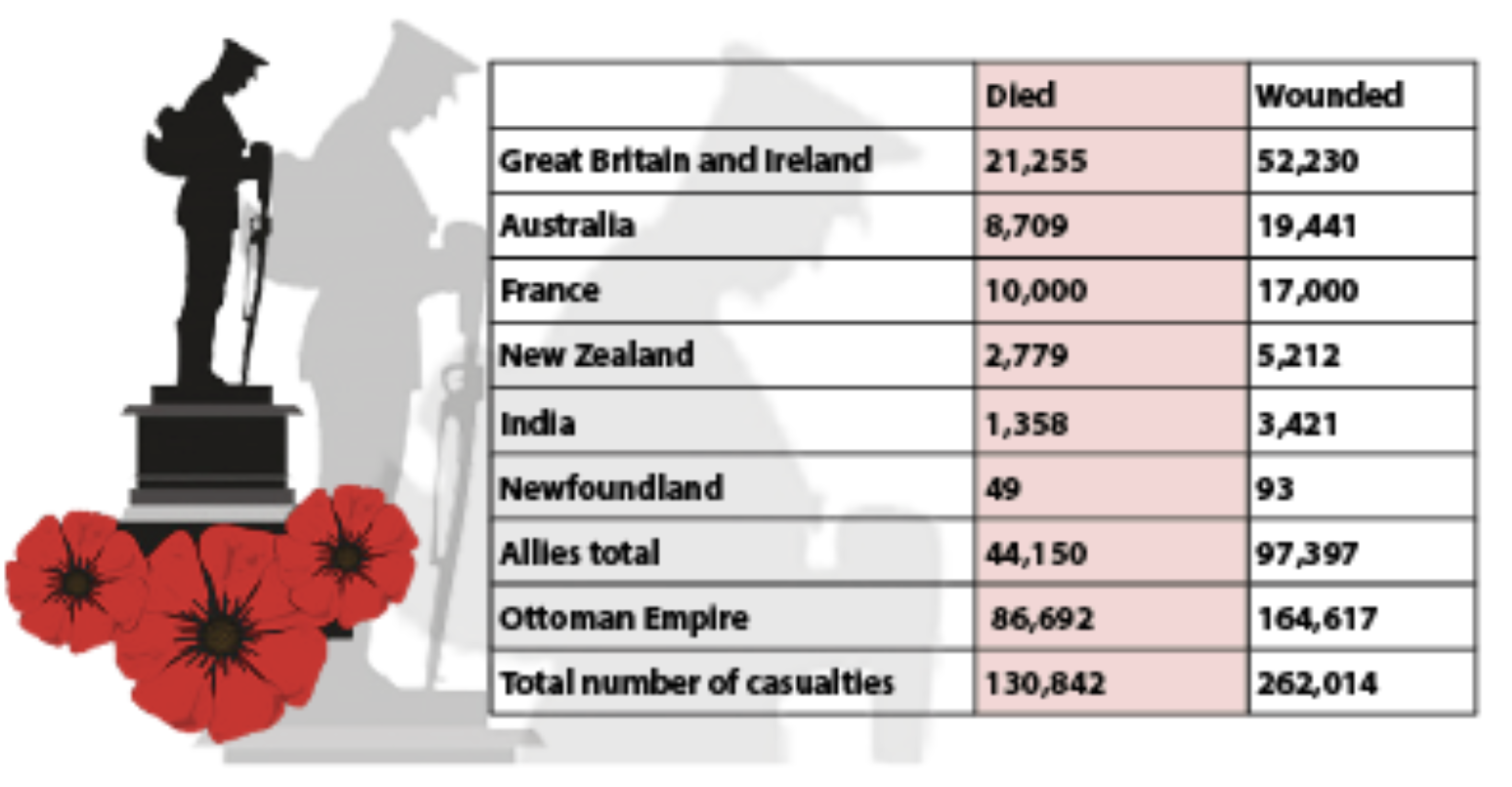
nzhistory.govt.nz states: It is difficult to determine exact casualty figures for the Gallipoli campaign as numbers vary in different publications. The statistics used for this graphic are based on casualty figures in Richard Stowe, Bloody Gallipoli (2005).
Anzac biscuits
Despite popular belief, the National Army Museum Te Mata Toa says that there were no Anzac biscuits sent to and eaten by troops in Gallipoli. In fact, rolled oat biscuits were sold at fêtes, galas and parades to raise funds for the war effort. This led to them being known as “soldiers’ biscuits”. It was after World War I that the most popular rolled oat biscuit was given the name Anzac.
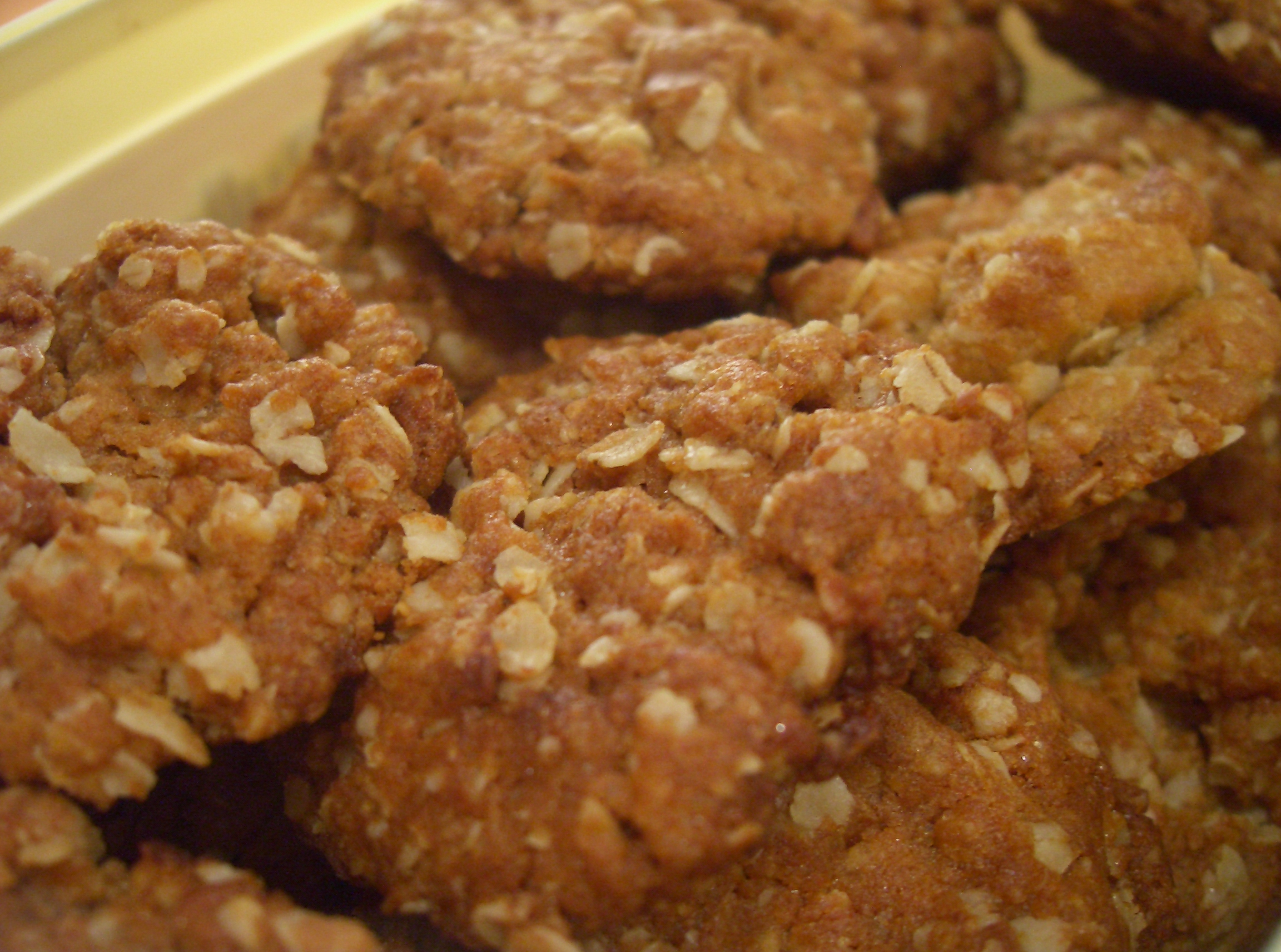
Traditional recipe
(as shared on standatdawn.com)
Photo in folder, with caption:
Photo is for illustrative purposes only | Credit: Wikimedia Commons
Ingredients
½ cup standard flour
⅓ cup white sugar
⅔ cup finely desiccated coconut
¾ cup rolled oats
50g butter
1 tbsp golden syrup
½ tsp baking soda
2 tbsp boiling water
Method
- Preheat oven to 180ºC. Line a baking tray with baking paper.
- Mix together flour, sugar, coconut and rolled oats.
- Melt butter with golden syrup. Dissolve baking soda in the boiling water and add to butter and golden syrup. Stir butter mixture into the dry ingredients.
- Place level tablespoonfuls of mixture onto cold greased trays and flatten with a fork. These don’t spread as they bake, so you can place close together.
- Bake for about 15 minutes or until golden. Leave on the tray for 5 minutes then place on a wire rack to cool.
TIP: Heat biscuits in the microwave for 10-15 seconds and enjoy them warm, soft and chewy.
The red poppy
The Flanders poppy has been associated with wartime loss since World War 1, perhaps most famously in Lt-Col John McCrae’s poem.
In Flanders fields the poppies blow
Between the crosses row on row,
That mark our place; and in the sky
The larks, still bravely singing, fly
Scarce heard amid the guns below.
We are the Dead. Short days ago
We lived, felt dawn, saw sunset glow,
Loved and were loved, and now we lie
In Flanders fields.
Take up our quarrel with the foe:
To you from failing hands we throw
The torch; be yours to hold it high.
If ye break faith with us who die
We shall not sleep, though poppies grow
In Flanders fields.
The New Zealand Returned Soldiers’ Association (as the RSA was formerly known) had planned to hold its first Poppy Day Appeal prior to Armistice Day 1921, as other countries were doing. However, its shipment of silk poppies from Madame Guérin’s (“The Poppy Lady’s”) French Children’s League arrived too late for the event to be properly promoted. The poppies therefore went on sale on 24th April 1922. That year, 245,059 small and 15,157 large poppies were sold, raising £13,166, the equivalent of NZ$1.3m today. Poppy Day’s popularity grew quickly; by 1945, 750,000 were distributed around the country, with nearly half the population wearing the symbol of remembrance.
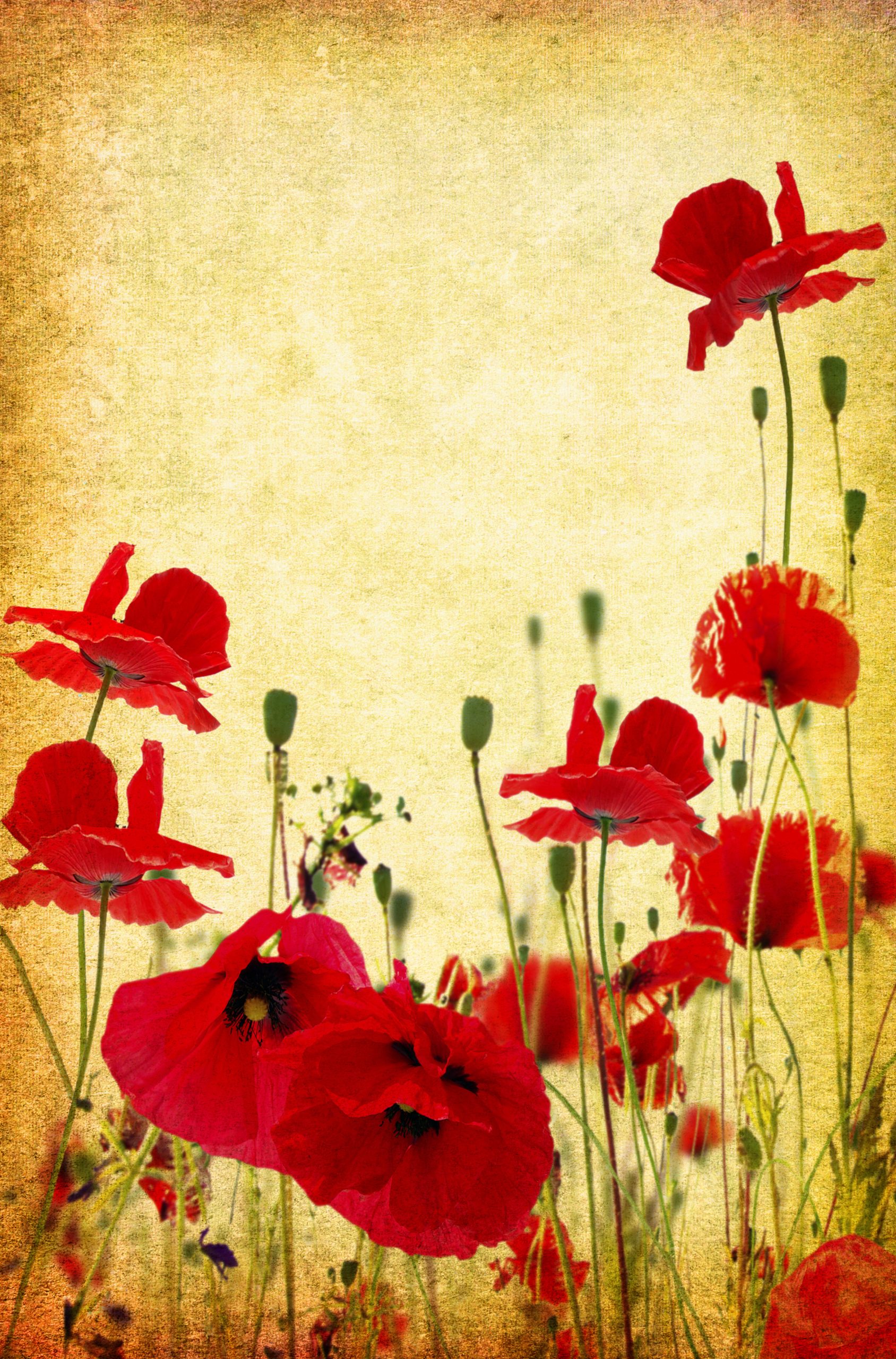
Anzac Day, then and now
Over the years, Anzac Day has evolved to honour those who are engaged in military and police service. The RSA works closely with all branches of government and communities to ensure that remembrance includes all service and conflicts.
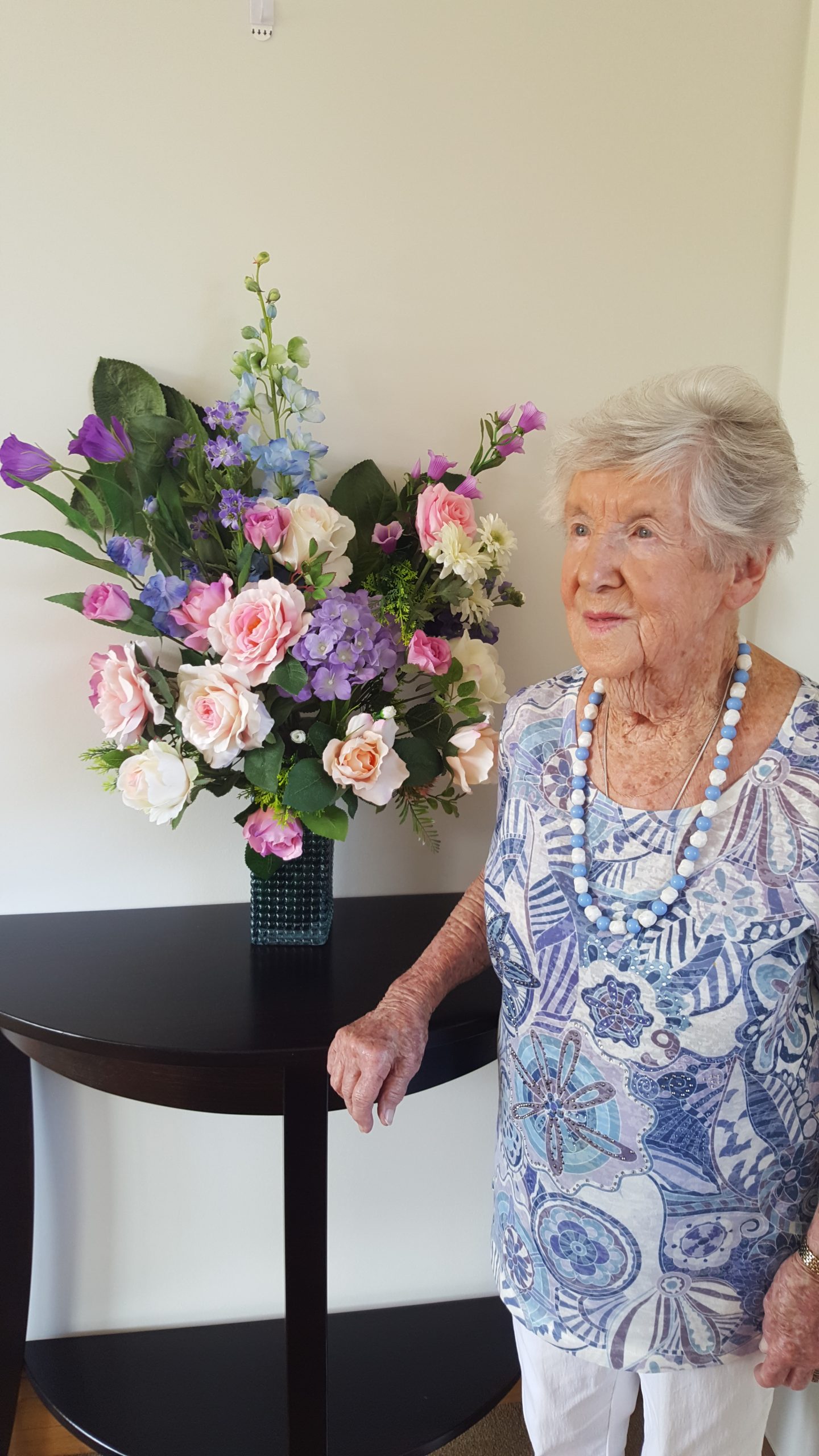
East Coast Bays RSA veteran celebrates her 100th birthday
Margaret Cowdery’s military service began as a volunteer. She remembers that, when World War Two began, New Zealanders were urged to “stand up” and help wherever they were needed. Two former World War One servicewomen encouraged her and her friends to assist with clerical duties. Margaret therefore spent her evenings at the drill hall in Rutland Street before, at age 21, signing up with the Women’s Auxiliary Army Corps (WAAC) – a move which she describes as a “natural progression”.
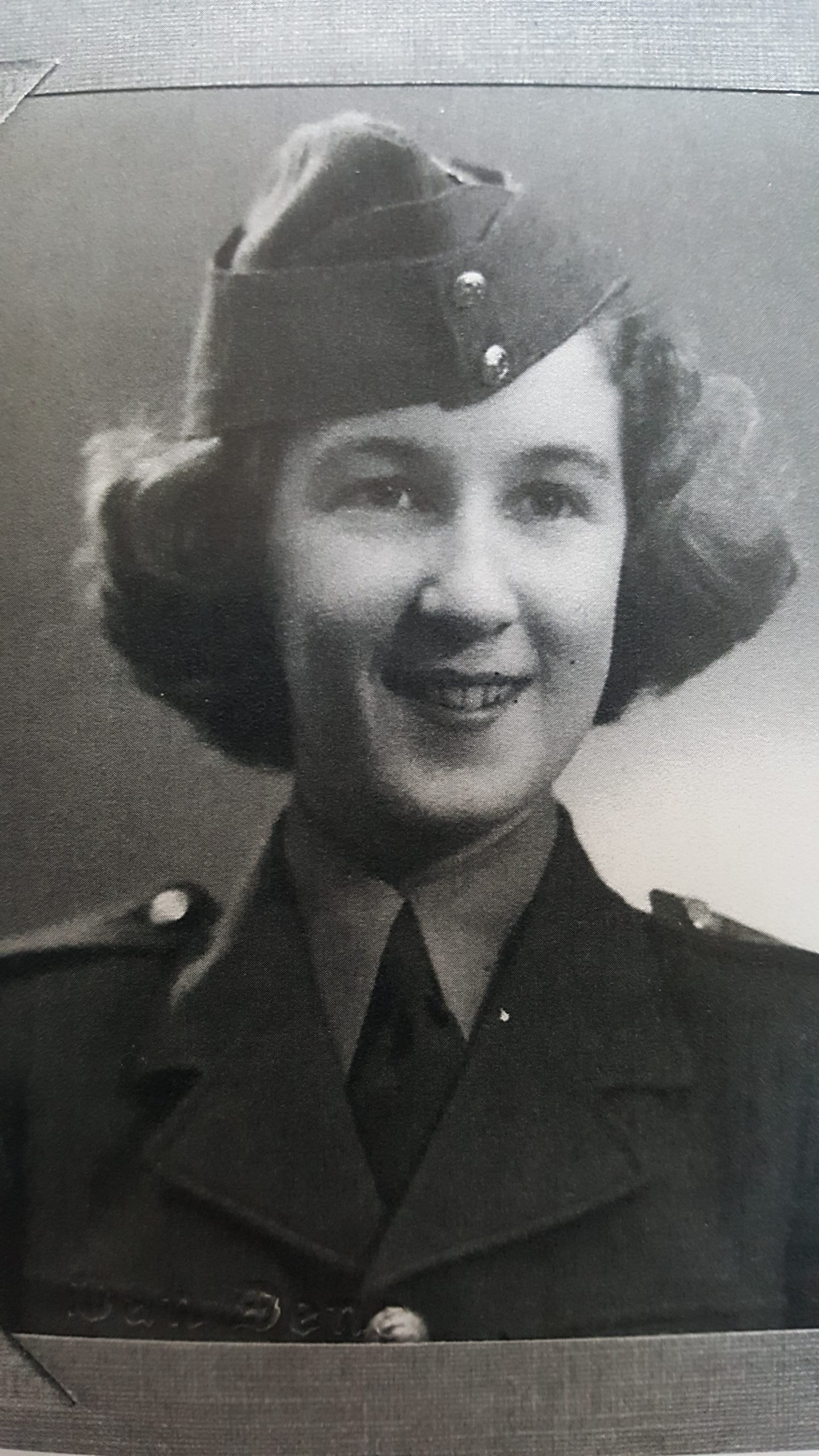
Margaret’s petite stature meant that her uniforms had to be tailored to fit. Also, having passed the test to drive heavy vehicles, she would have to sit on a cushion to ensure she could see properly.
In 1944, Margaret volunteered for overseas service having “absolutely no idea” what to expect and thinking of it as a “big adventure”. She left New Zealand for Egypt on the Empress of Scotland in April 1945. First stop: Melbourne. Personnel were advised that, if they were seasick on that initial crossing, they were going to be shipped back, “so we got well… quickly!” In Cairo, Margaret was responsible for all the records for the 21st Battalion, and also drove trucks. Her comrades used to chuckle and say that, as she drove towards them across the desert, all they could see was the top of her hat over the steering wheel!
Reflecting on her time in the army, what Margaret thinks of most is the camaraderie. There were four in a team, and these people spent virtually every waking and sleeping hour together. The friendships that were forged lasted long after their service ended.
To find out about local Anzac Day commemorations, check the Heart of the Bays community newsletter (in the centre pages of this magazine) or go to rsa.org.nz
To read much more about the history of traditions of Anzac Day, visit nzhistory.govt.nz/war/anzac-day/introduction


